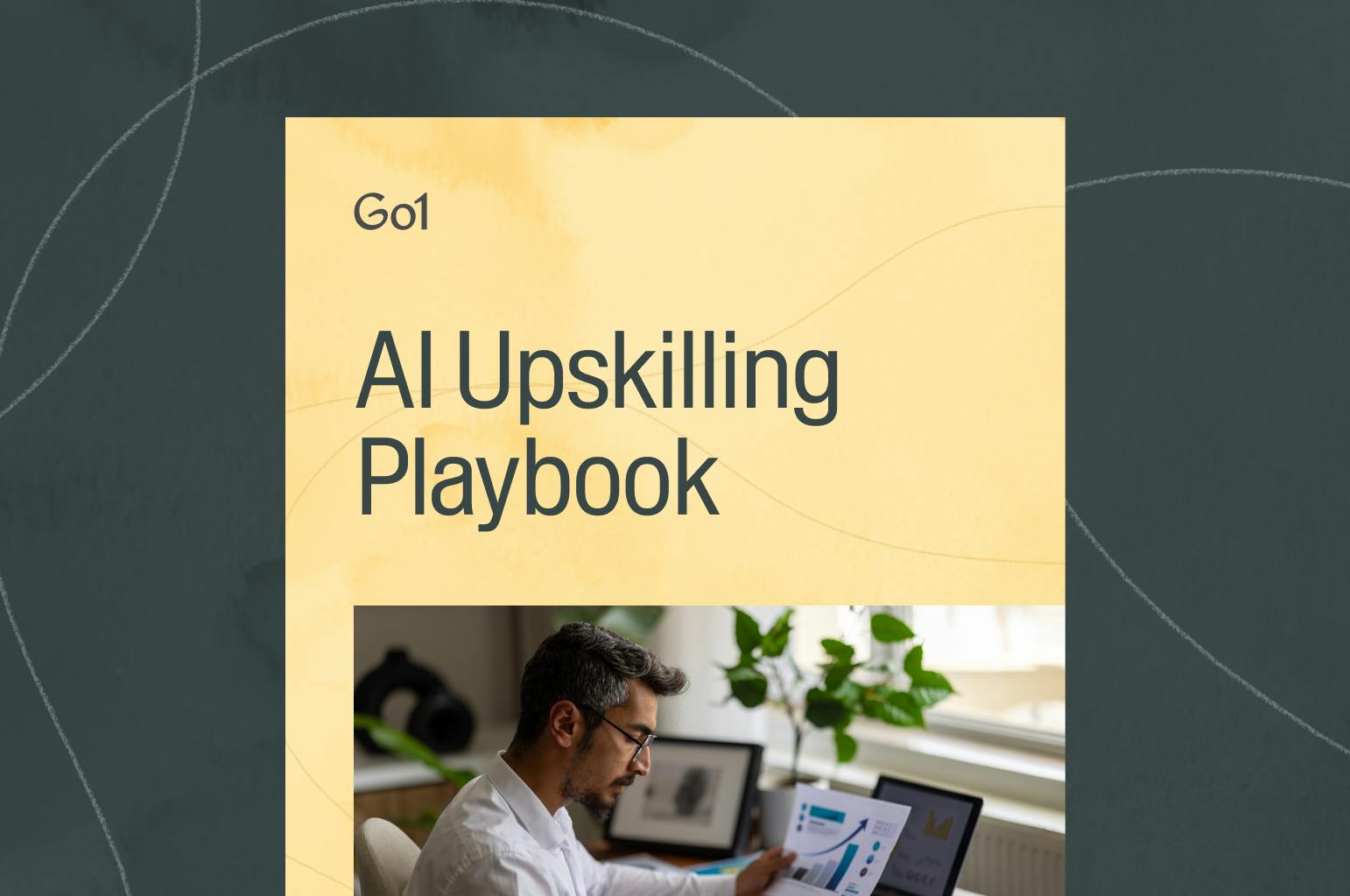Creating time for frontline employees to learn

Learning looks a little different for employees in manufacturing, distribution, and logistics roles. These employees typically don’t spend much time at desks, but it’s crucial they stay up-to-date with the latest tools, technology, and compliance standards.
Frontline employees play a vital role in keeping operations running. But between tight production schedules and physically demanding tasks, finding time for learning and development isn’t always easy. And for HR and L&D teams supporting these employees, offering accessible, effective training is often easier said than done.
In this article, we’ll explore key barriers that get in the way of learning on the production floor—and share practical, proven strategies to help your teams create time and space for learning, without slowing production or overextending your team.
Barriers to learning on the production floor
Time pressure is the number one hurdle. With output deadlines always looming, it’s hard for employees to step away for training, even briefly. This can stall growth and limit your ability to respond to new technologies, compliance needs, or workforce shifts.
Access is another issue. Unlike office workers, frontline teams may not have easy access to computers, internet, or even phones during the workday. And assuming employees can train at home often overlooks digital access or personal time constraints.
Other challenges—like resistance to change or language barriers—add complexity. Not every team member will feel confident engaging in training, especially if it’s unfamiliar or inaccessible. And for workers who aren’t fluent in your organization’s primary language, even navigating materials can be a roadblock.
A well-rounded solution starts with making time for learning, ensuring access, and fostering a culture of continuous development. It shouldn’t add to your to-do list, but help you embed learning into the everyday.
Make learning accessible (wherever work happens)
Dedicated learning spaces—like converted break rooms or unused office space—can give employees a quieter, focused place to learn. Even a single desktop with curated resources can go a long way.
If space is tight, consider portable options like tablets preloaded with training content. These devices can be used on-site, during breaks, or checked out for off-site access—especially when paired with offline learning modules or multilingual support.
Build learning into the routine
Frontline learning works best when it becomes a team-wide norm. Managers play a central role here: helping schedule learning into shifts or setting aside weekly time blocks for development.
Bite-sized learning—like short videos or mobile-friendly microlearning modules—can also make a big difference. With the right content and format, even a few minutes between tasks can add up to meaningful progress. And content providers like Go1 are experts in helping you curate learning that suits your organization.
A well-rounded solution starts with making time for learning, ensuring access, and fostering a culture of continuous development.
Prioritize on-the-job learning and mentorship
Hands-on experience remains one of the most effective learning tools. Whether it’s job shadowing, role rotations, or peer mentoring, these approaches allow employees to grow while staying productive.
Mentorship programs offer dual benefits: guidance for employees and greater engagement across your teams. They also help reinforce skills development as a shared priority—not a one-off event.
Use technology to meet learners where they are
Flexible learning platforms let employees access content anytime, anywhere—whether it’s a course in their native language, or a quick refresher on the line.
Go1 offers content in over 40 languages, across formats that suit every learner. With bite-sized modules, mobile access, and smart integrations with your existing tools, it’s easier to deliver the training your teams need—without extra administrative lift.
Helping your teams build skills that stick
Learning shouldn’t be a luxury for frontline employees. By building structured time for learning, creating accessible spaces, and offering formats that work in the flow of work, you can support essential skill development—without slowing production.
The result? Teams that are more confident, more capable, and better equipped to keep your business moving.
Meet your workers where they are
Related Articles

Application Guide: How to use the Go1 AI for L&D Maturity Assessment to assess our workforce AI capability

AI upskilling made clear: A practical guide to building an AI-ready workforce

Go1 welcomes PepTalk

5 Data-Backed Insights Shaping the Future of AI in Workplace Learning

Train smarter, spend less
Train smarter,spend less
Connect with a Go1 expert to explore the best training options for your organization—no pressure, just solutions that work.